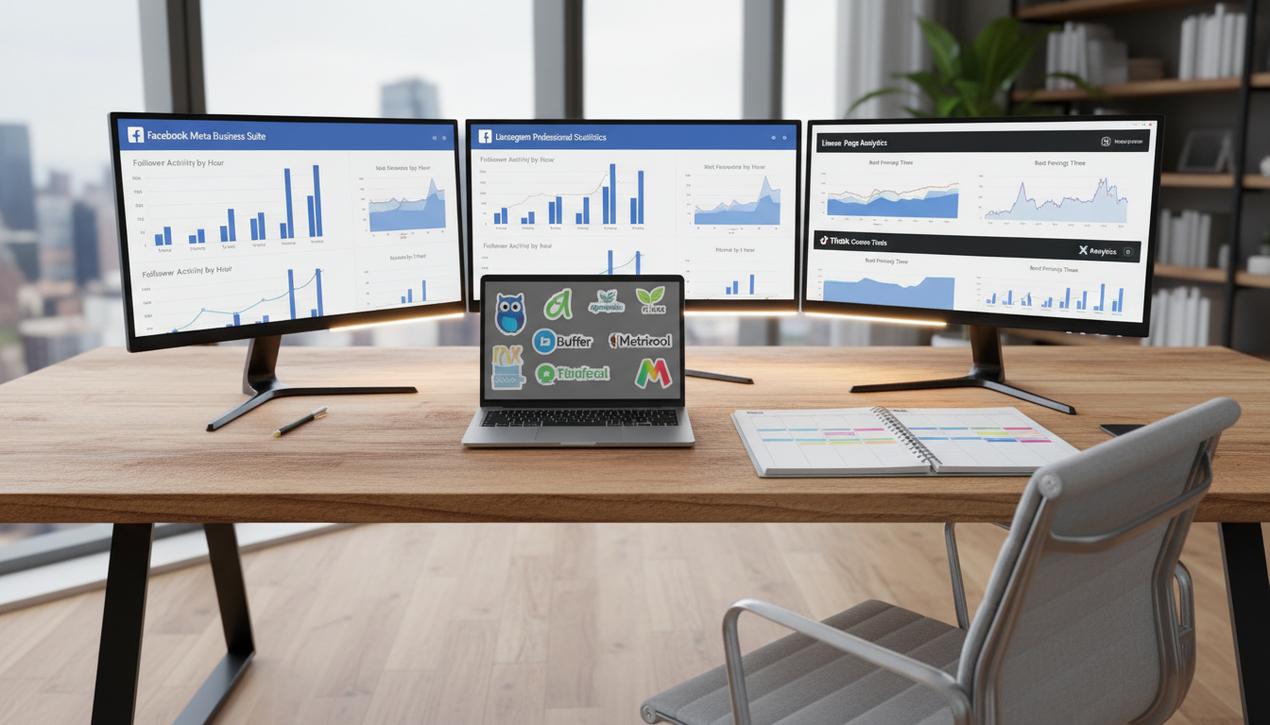How to Get a Sponsor: The Ultimate Guide for 2025


Whether you’re organizing an event, funding a non-profit, or supporting a sports team, finding a sponsor is often the most decisive and challenging step. The global sponsorship market is booming, with worldwide investments projected to exceed $100 billion in 2025. This growth demonstrates that companies now, more than ever, view sponsorship as a strategic marketing tool. However, this professionalization also means that sponsors have become more discerning. They are no longer satisfied with a simple logo on a banner; they demand a genuine return on investment, an alignment of values, and a partnership that makes sense. For project leaders, this requires a shift from simply asking for funds to presenting a solid business value proposition. This comprehensive guide details the essential strategies and steps to not only find a sponsor in 2025 but also to build a lasting, mutually beneficial partnership.
Laying the Groundwork: The Foundation of Your Search
Before you even send the first email, meticulous preparation is essential. This preliminary phase is what separates an amateur approach from a professional one. A well-defined project and a polished brand image, reflecting your core brand positioning strategy, are your best assets for inspiring confidence.
Clearly Define Your Project and Audience
A potential sponsor must immediately understand what you do, why you do it, and who you are reaching. Ask yourself the right questions:
- What is your project’s mission? Summarize it in a single, powerful sentence.
- What are your goals? Are you aiming to increase visibility, fund equipment, or organize an event?
- Who is your target audience? Be as specific as possible. A company sponsors an audience first and foremost, so understanding how to create a buyer persona is crucial. Provide demographic data (age, gender, location) and psychographic data (interests, values, purchasing habits).
The more precise you are, the easier it will be to show a sponsor that your audience matches their target customer base.
Build a Credible Digital Presence
The first thing a potential sponsor will do after being contacted is look you up online. Your digital footprint is your storefront. Make sure it is professional and consistent.
- Website: It should be modern, clear, and up-to-date. Present your project, your team, and past achievements.
- Social Media: Choose platforms relevant to your audience and maintain regular, engaging activity. Show that you have an active community.
- Reviews and Testimonials: Social proof is powerful. Highlight positive feedback from past participants, members, or partners.
Strategies for Identifying the Right Sponsors
Once your project is well-defined, the next step is to identify the companies most likely to support you. Precise targeting is far more effective than a mass outreach campaign.
1. Leverage Proximity: Target Local Businesses
Local companies are often the most accessible and relevant sponsors. They are looking to strengthen their community ties and build a positive local reputation. Sponsoring a local event or organization is an excellent way for them to directly reach their customers and demonstrate their commitment. Make a list of businesses in your city or region whose activities align with your project.
2. Analyze the Field: Research Sponsors of Similar Events
Identify projects, events, or organizations similar to yours and see who sponsors them. These companies have already shown an interest in your sector and understand the value of this type of partnership. They are a prime target because you won’t need to educate them on the benefits of sponsorship. Your challenge will be to show them what makes your project unique or complementary.
3. Align on Values: Focus on CSR and ESG Initiatives
Trends in 2025 show a significant rise in partnerships focused on Corporate Social Responsibility (CSR) and Environmental, Social, and Governance (ESG) criteria. Companies are actively seeking to associate with projects that have a positive impact. If your project has a social, environmental, or educational dimension, highlight it. This can become your main selling point to convince brands looking to enhance their image and embody their commitments.
4. Use Professional and Social Networks
Platforms like LinkedIn are gold mines for identifying decision-makers within target companies. Don’t just send a connection request. Follow the company, engage with their content, and identify the heads of marketing, communications, or partnerships. A personalized approach is always more effective.
5. Ask Your Own Audience
While you’re researching organizations that share your target audience, why not ask your community to suggest sponsors? This makes them feel valued because you’re showing their opinion matters. Furthermore, this quick and inexpensive market research reveals the interests and brands your audience loves, providing essential data for your marketing campaigns and a powerful argument when you approach a frequently mentioned company.
Crafting an Irresistible Sponsorship Proposal
Your sponsorship proposal (or deck) is your primary sales tool. It must be clear, compelling, and visually appealing. It must answer the sponsor’s fundamental question: “What’s in it for me?”.
The Essential Elements of Your Proposal
An effective sponsorship proposal should include several key sections:
- Project Overview: A concise description of your event, organization, or club.
- Audience Deep Dive: Detailed data about who you reach.
- Your Needs: Clearly state what you are looking for (financial support, in-kind products, services).
- Partnership Tiers: Offer several levels of sponsorship (e.g., Bronze, Silver, Gold) with clear, escalating benefits. This allows businesses of different sizes to find an option that fits.
- Visibility and Benefits: Detail exactly where and how the sponsor’s brand will be featured (website, social media, banners, newsletters, etc.). Think beyond logos and include activation opportunities.
- Contact Information: Make it easy for them to get in touch.
Provide Data and Potential ROI
Sponsors are making an investment and expect a return. Back up your request with hard data. If you have past events, share metrics like attendance numbers, media reach, and social media engagement. For a new project, use realistic projections. Explain how the partnership can help the sponsor achieve their goals:
- Brand Awareness: Estimate the reach of the visibility you offer (number of views, impressions).
- Brand Image: Explain how an association with your project will enhance their reputation.
- Lead Generation & Sales: Offer tangible opportunities like sample distribution, contact collection, or providing impressive corporate swag for your community.
Personalization is Paramount
Never send the same generic proposal to every company. Research each potential sponsor. Understand their current marketing campaigns, their corporate values, and their customer base. Customize your offer to resonate with their specific objectives. Show them you’ve done your homework and are proposing a bespoke partnership, not just a one-size-fits-all package.
The Pitch, Negotiation, and Follow-Up
Having a great project and a stellar proposal isn’t enough. How you approach sponsors and manage the relationship is just as critical to your success.
Contacting the Right Decision-Makers
Your proposal needs to land on the right desk. Target marketing managers, communications directors, or CEOs in smaller companies. A quick phone call to identify the correct contact person before sending an email can make all the difference. In your initial email, be concise, impactful, and personal.
The Power of the Follow-Up
Decision-makers are busy. It’s likely your first email will get lost in the shuffle. A polite and professional follow-up one to two weeks after your initial contact is not only acceptable but necessary. It demonstrates your persistence and the seriousness of your endeavor.
Build a Long-Term Relationship
A sponsor is not an ATM; they are a partner. Once an agreement is signed, keep them updated on the project’s progress. During the event, ensure they are well-hosted and that all promised benefits are delivered flawlessly. Afterward, send a comprehensive report detailing the partnership’s impact, complete with metrics, photos, and testimonials. A satisfied sponsor is a sponsor who is likely to return next year.
Finding a sponsor in 2025 is a demanding process that requires strategy, preparation, and perseverance. By shifting your mindset from asking for a handout to offering a business partnership, you significantly increase your chances of success. By clearly defining your project, polishing your brand, intelligently targeting prospects, and proposing measurable value, you will transform your search for funding into a shared growth opportunity. Companies are ready to invest in projects that offer meaning and an engaged audience; it’s up to you to prove that yours is the right one.




